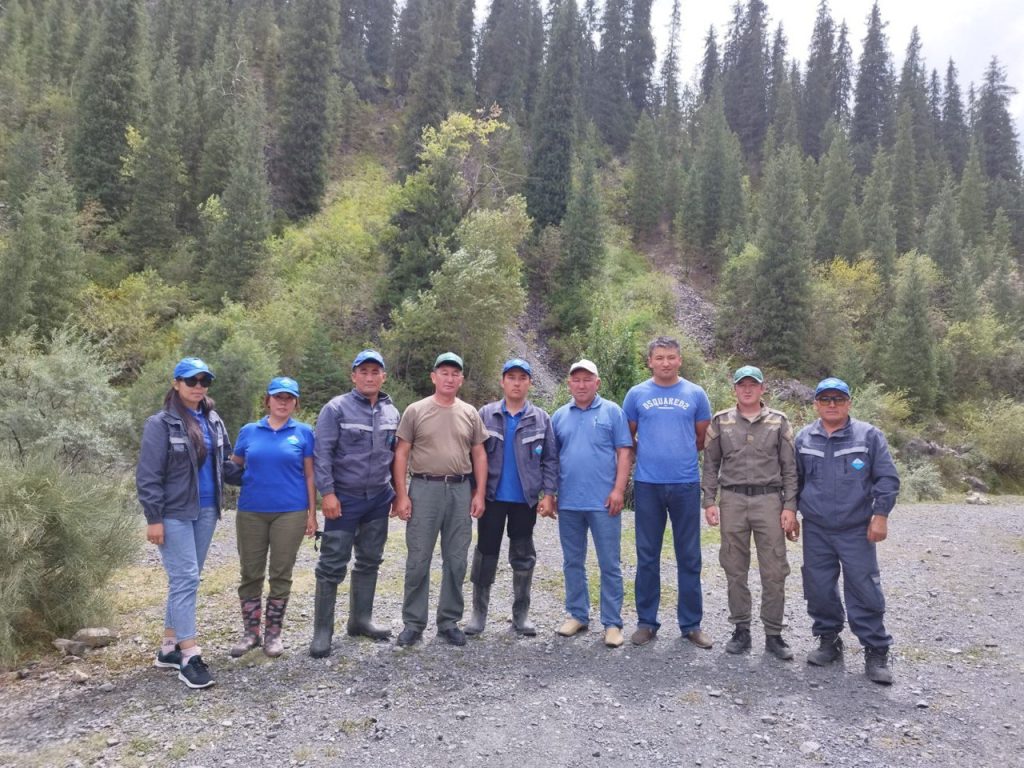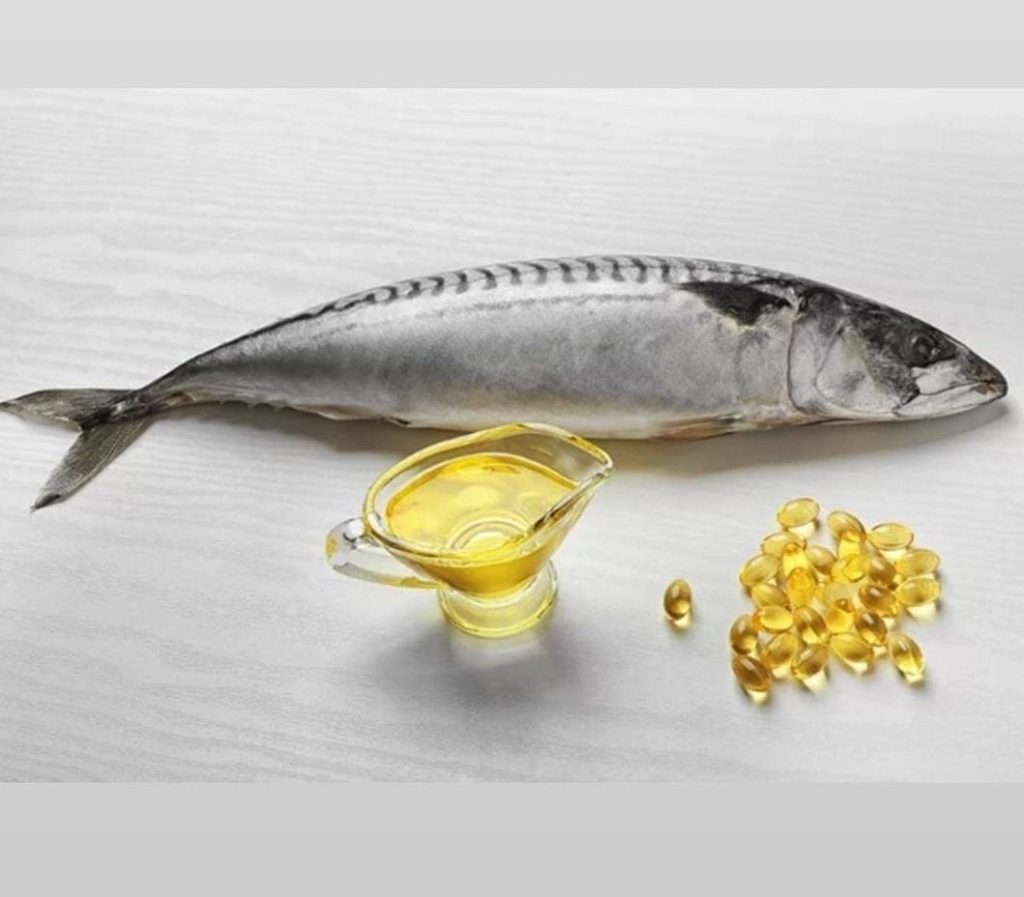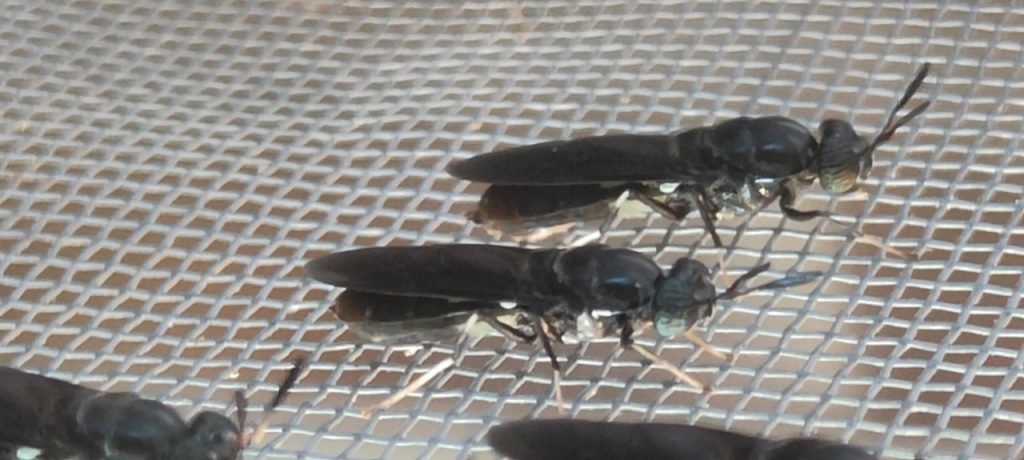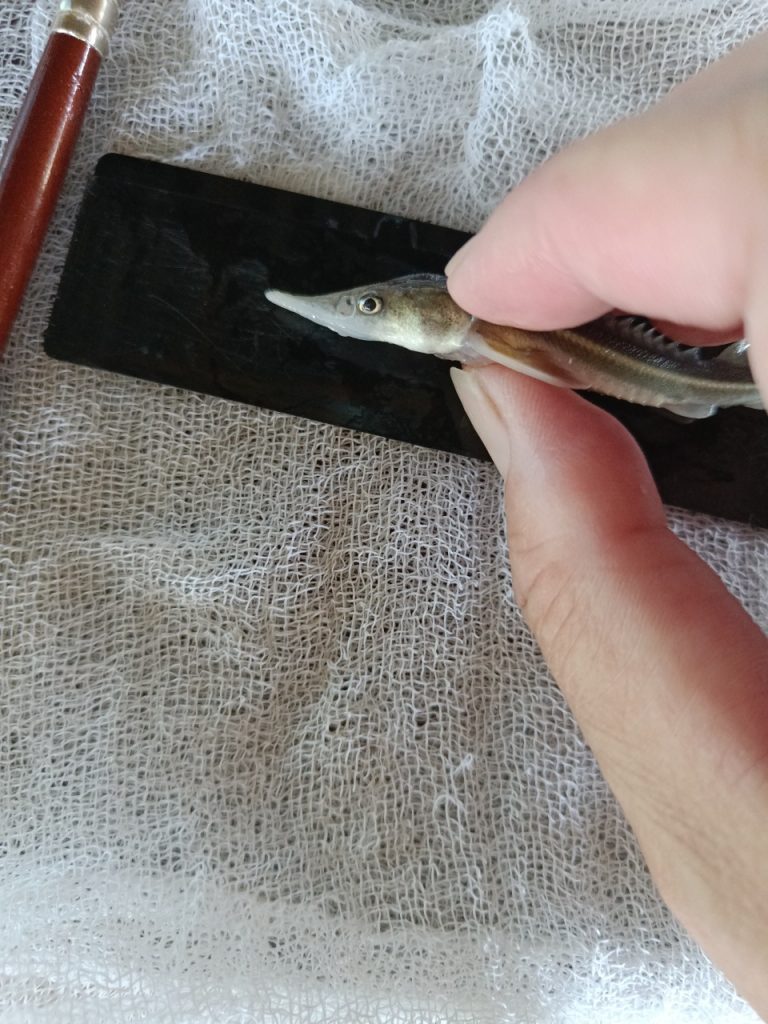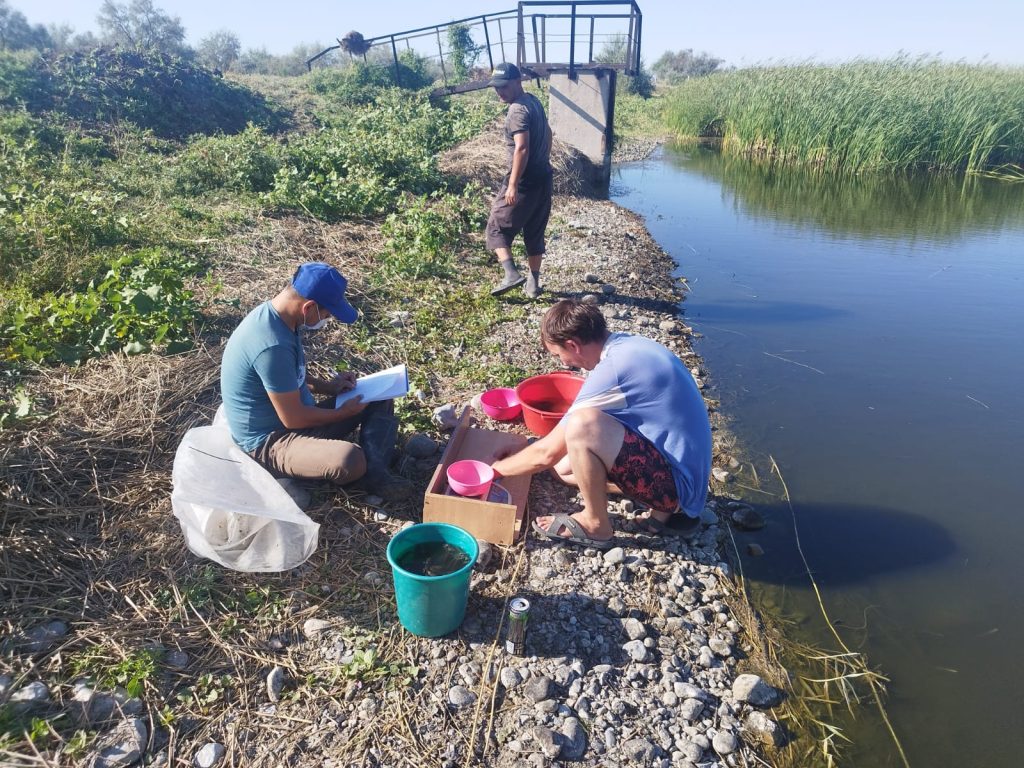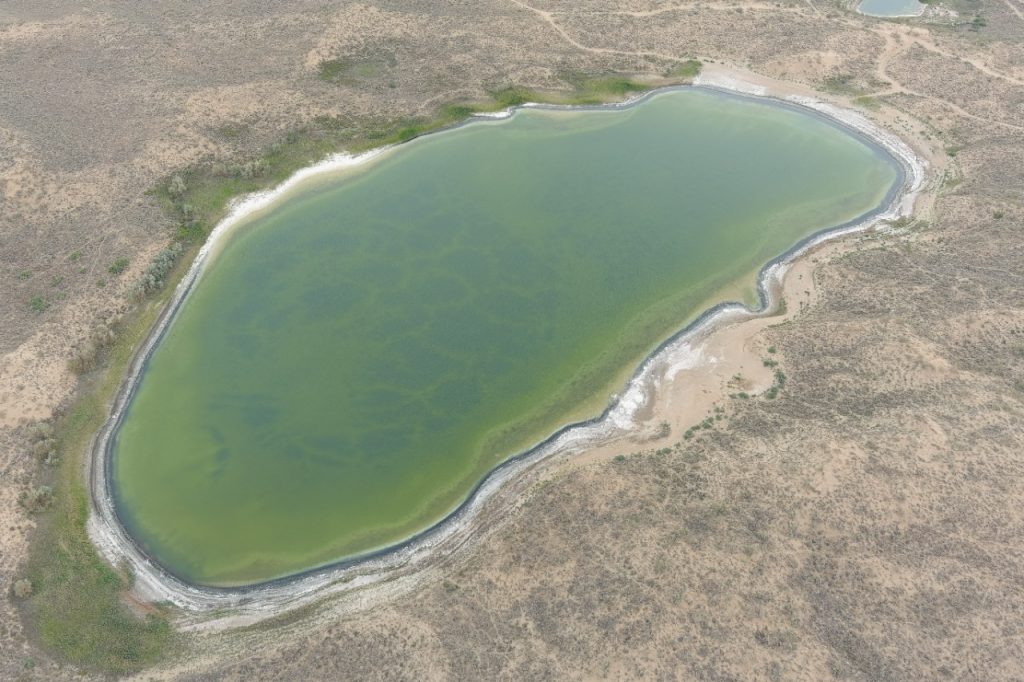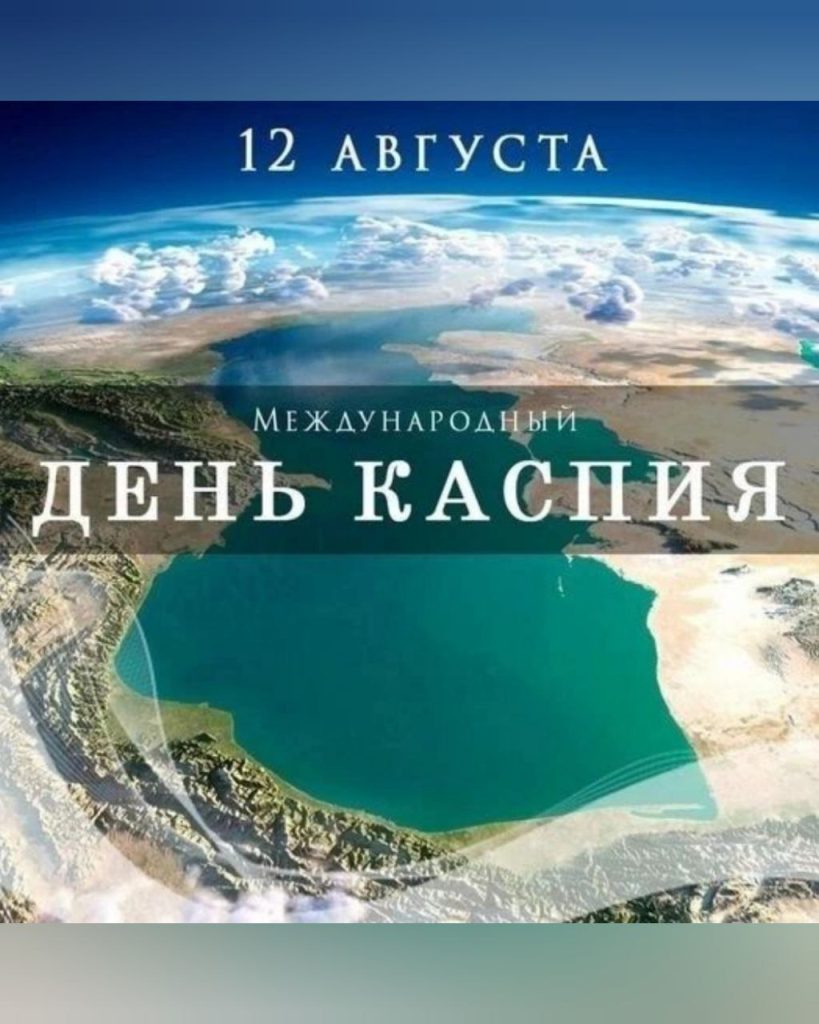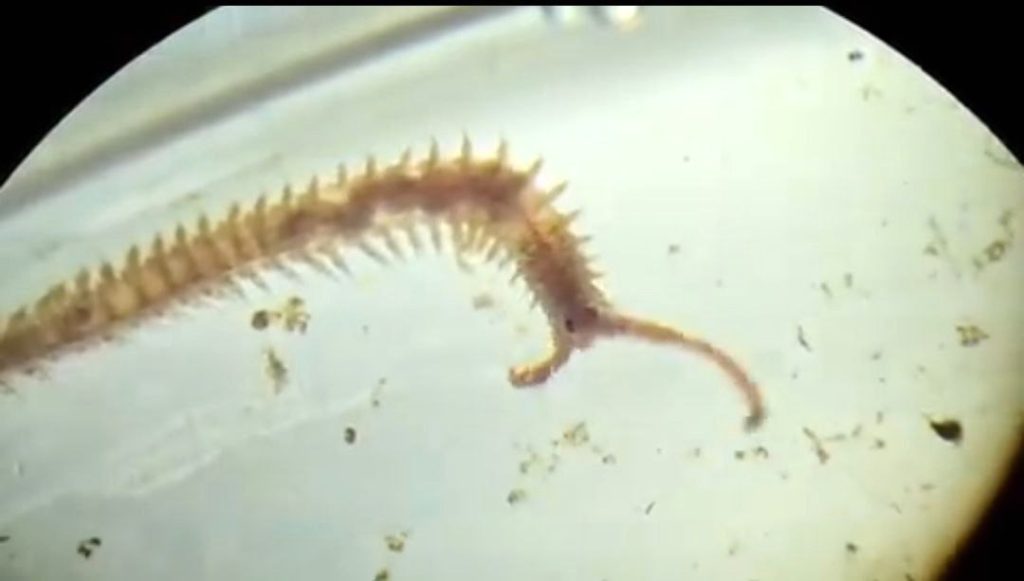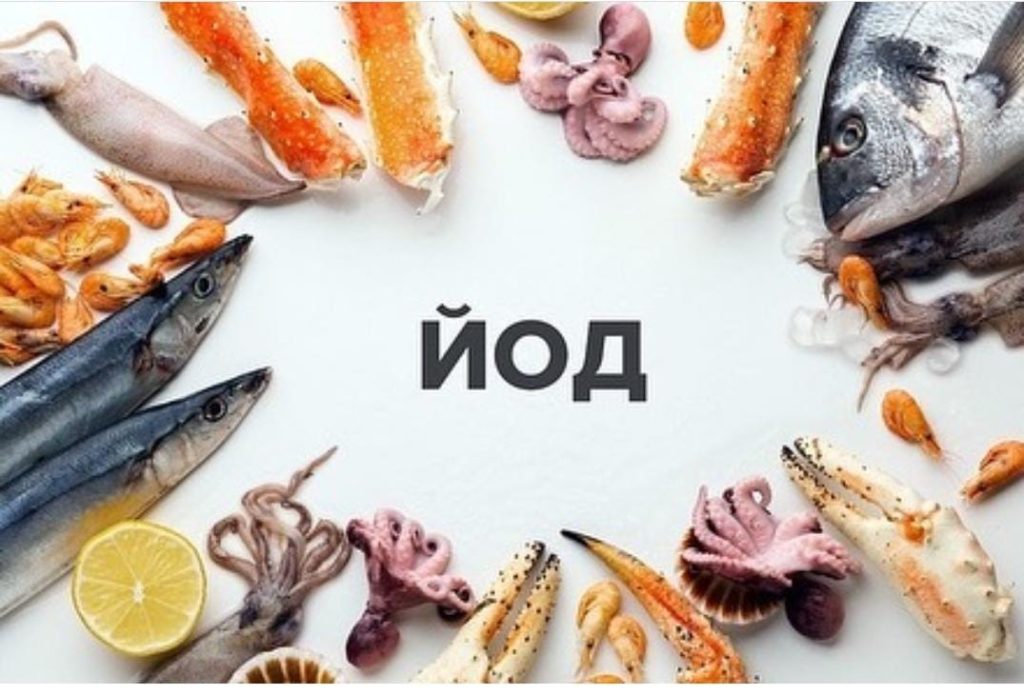
The mineral composition of fish meat is determined by the significant amount of important macro- and microelements contained in it, represented by phosphorus, calcium, potassium, sodium, magnesium, sulfur, chlorine, iron, copper, manganese, cobalt, zinc, iodine, bromine, fluorine, etc.
Today we want to tell you about the iodine content in fish.
Iodine is one of the most important and most studied trace elements, the deficiency of which has a negative impact on human health. It is a mandatory structural component of thyroid hormones – thyroxine (T4) and triiodothyronine (T3).
The lack of iodine in the human body leads to many diseases, such as:
- – goiter,
- – mental and physical development lag (cretinism),
- -causes hypothyroidism when metabolic processes slow down, which provokes overweight and obesity,
- -the skin becomes dry and the nails brittle.
- – people with iodine deficiency and, accordingly, thyroid dysfunction are prone to mood swings.
- – iodine is also important in order for the pancreas to produce insulin in a normal amount and maintain blood glucose levels.
The most iodine in marine commercial fish: cod and cod liver,hake, pollock,haddock,saithe, sea bass, mackerel (quite popular and accessible to all fish, it is easy to buy both at the market and in the store). Most of the iodine is found in fish skin, because it is the skin of the fish that comes into contact with water. And if you want to preserve this iodine, you need to try to cook the fish so that both the skin and the fish itself are heated as little as possible.
The material was provided by the Vice-president, Doctor of Biological Sciences, Professor, head of the Laboratory of food Biotechnologies and specialized food products Yu.A. Sinyavsky within the framework of a Memorandum between LLP “OO Kazakh Academy of Nutrition” and LLP “Scientific and Production Center of Fisheries” in order to disseminate knowledge about the benefits of fish and fish products.

